Variations and Vocabulary: Joint Exhibition of Wang Jieyin, Liang Quan, and Huang Yuanqing
Date: Jun 15th to Aug 16th

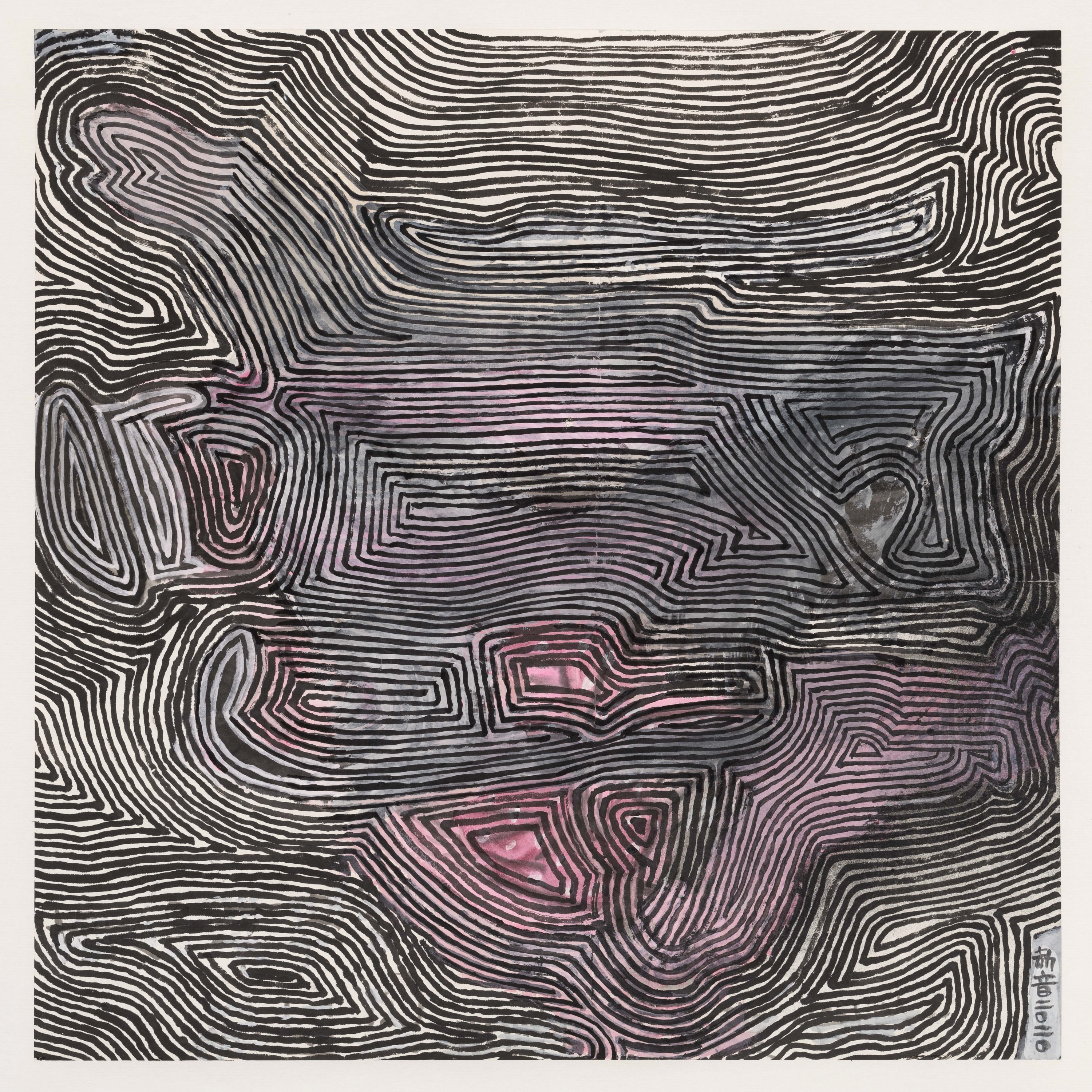

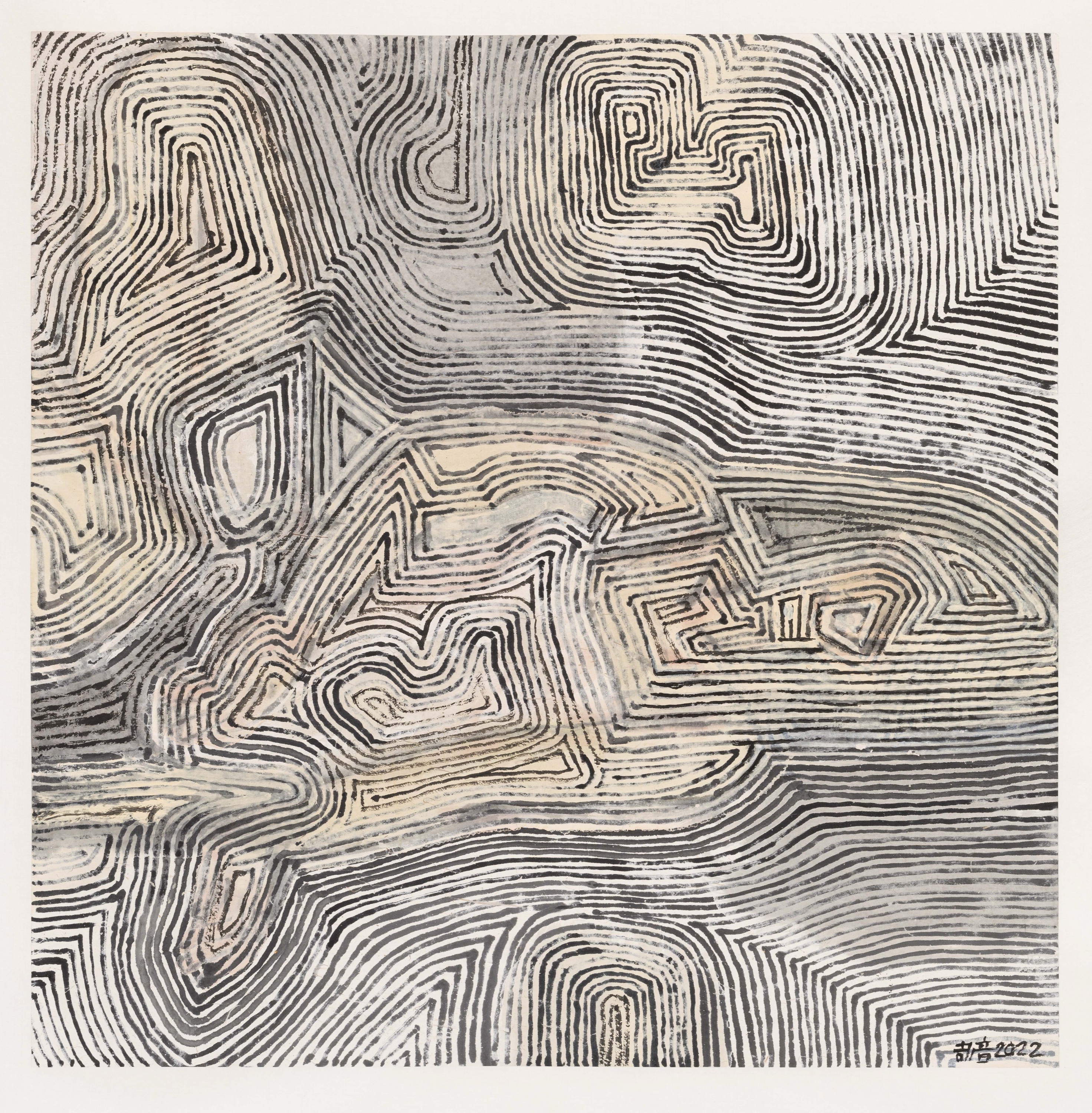
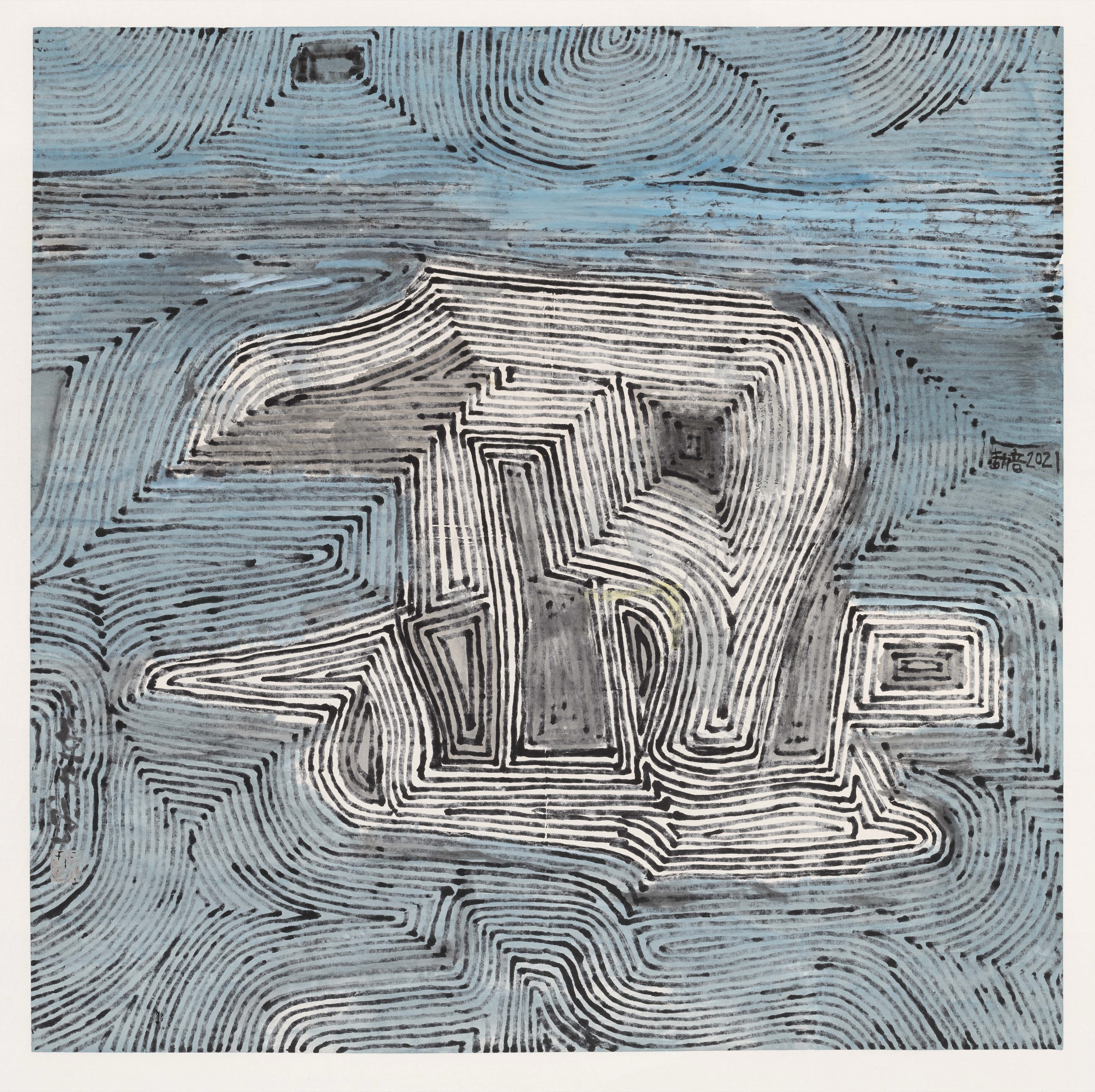


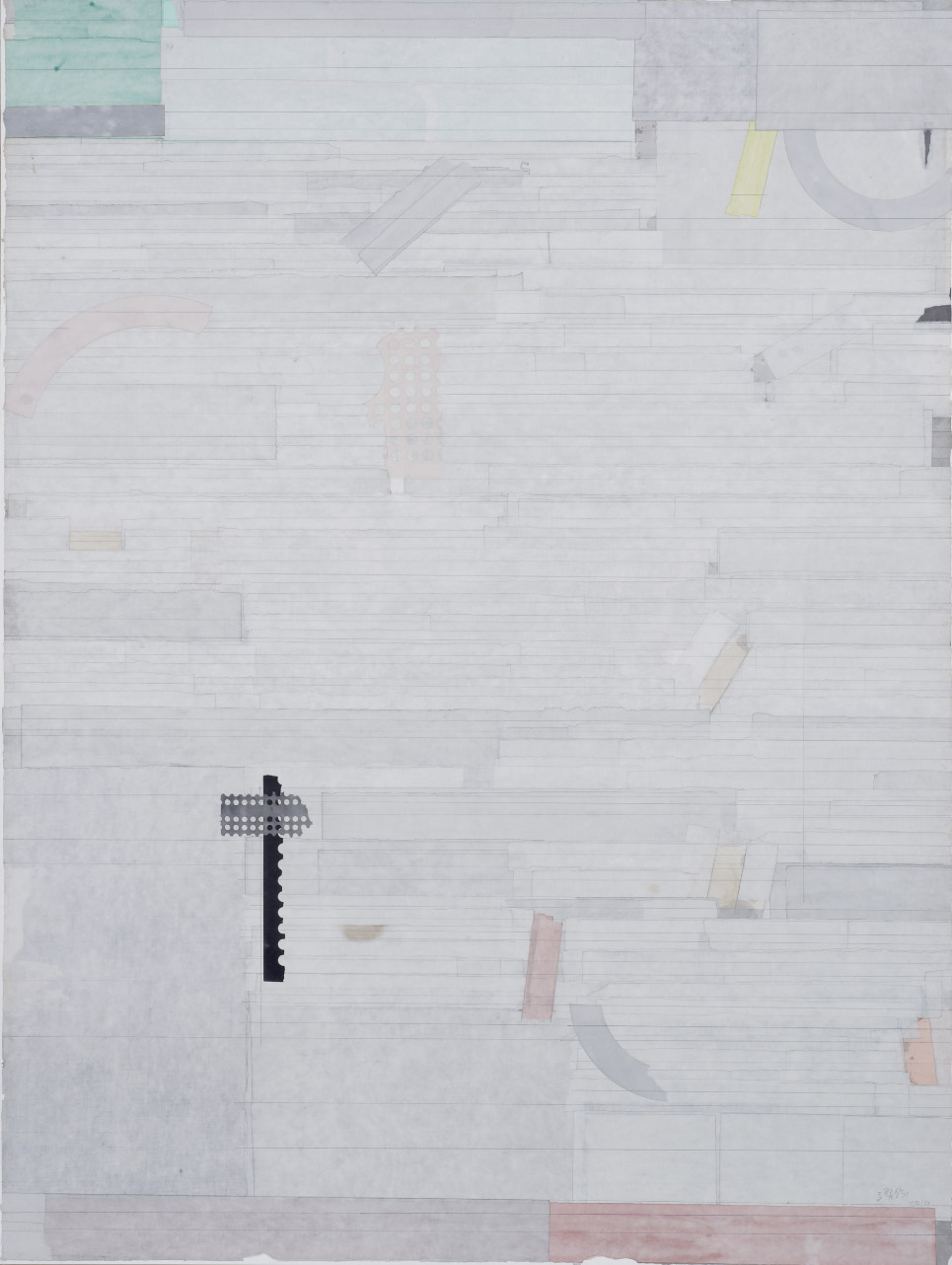
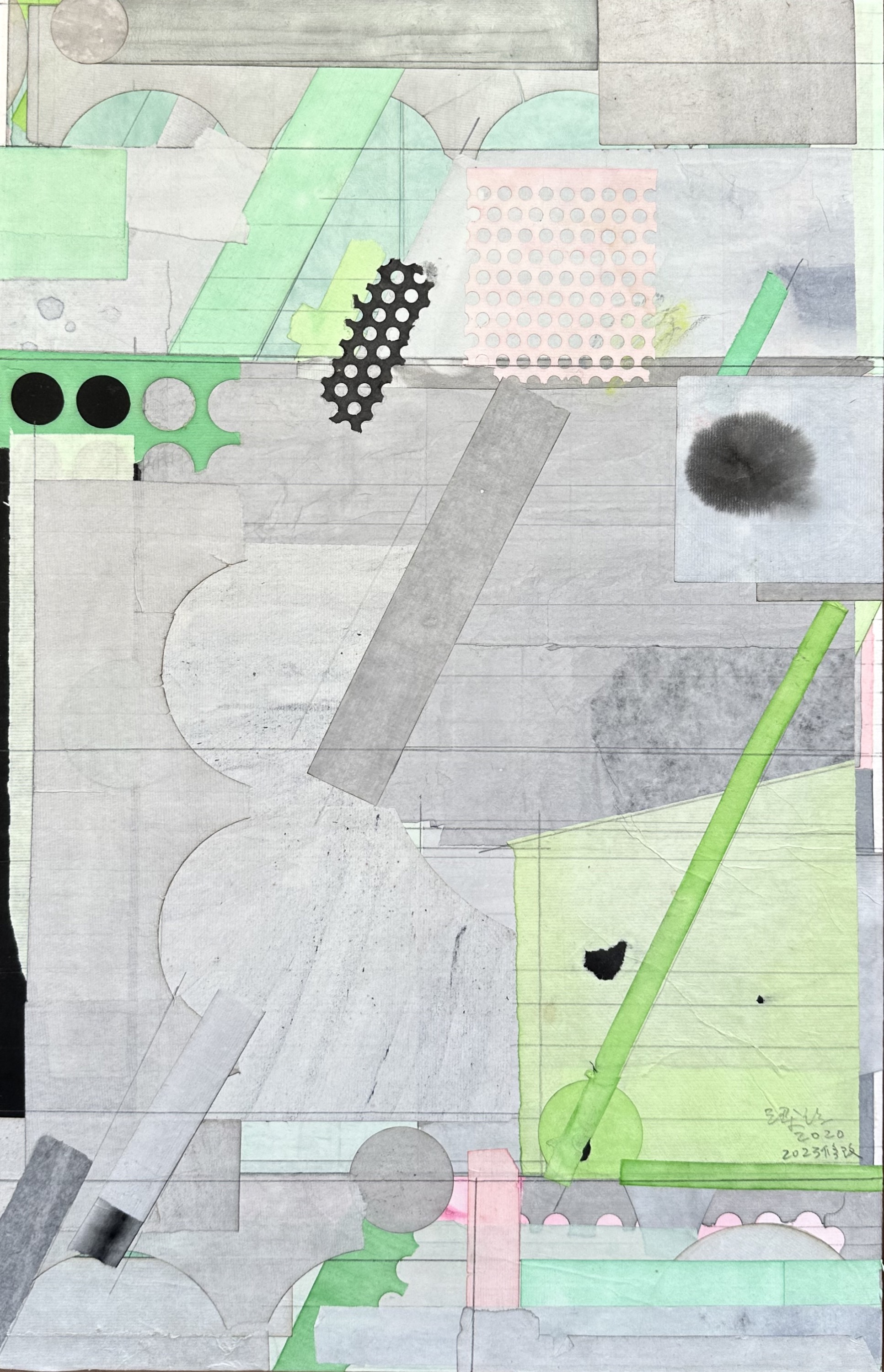

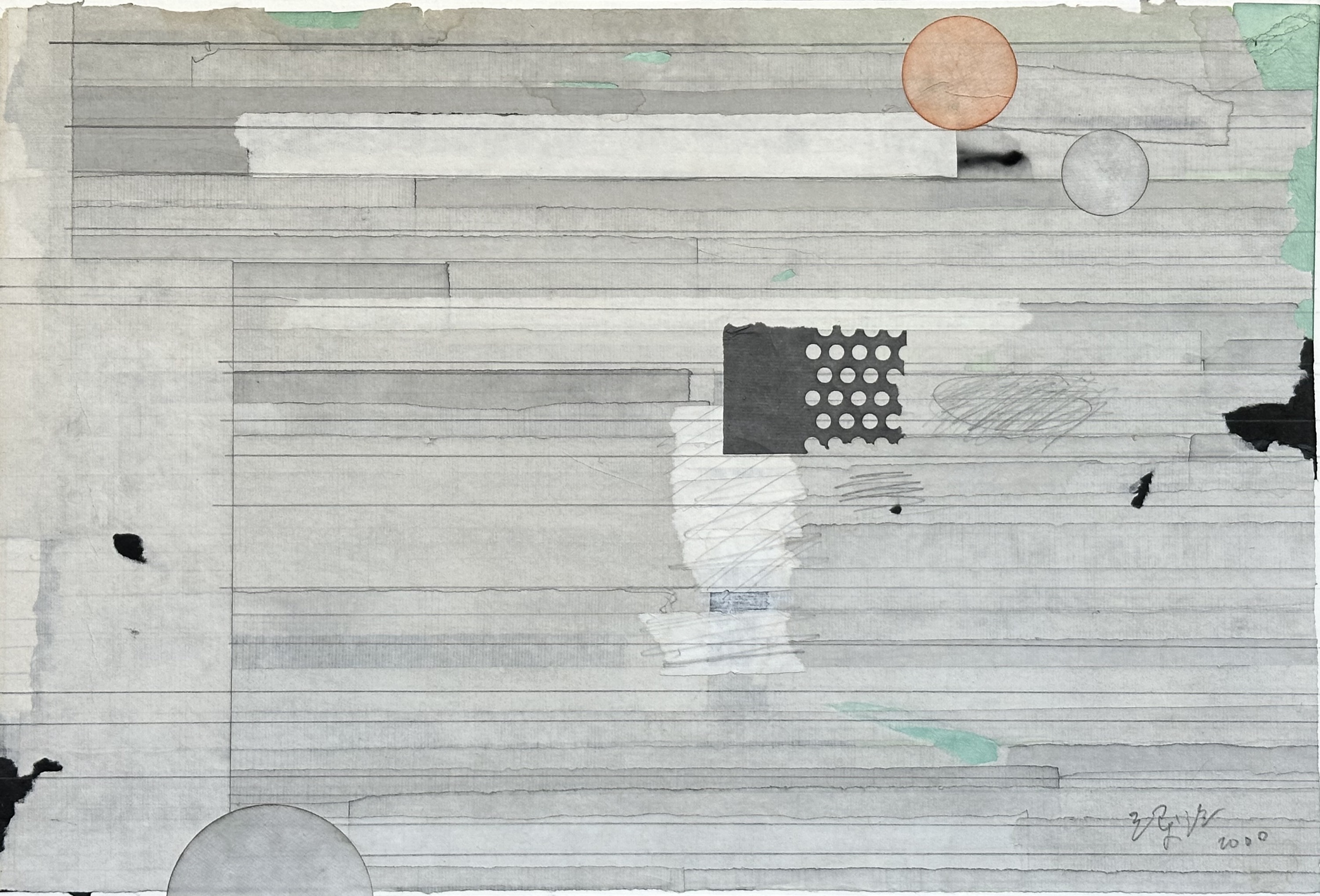
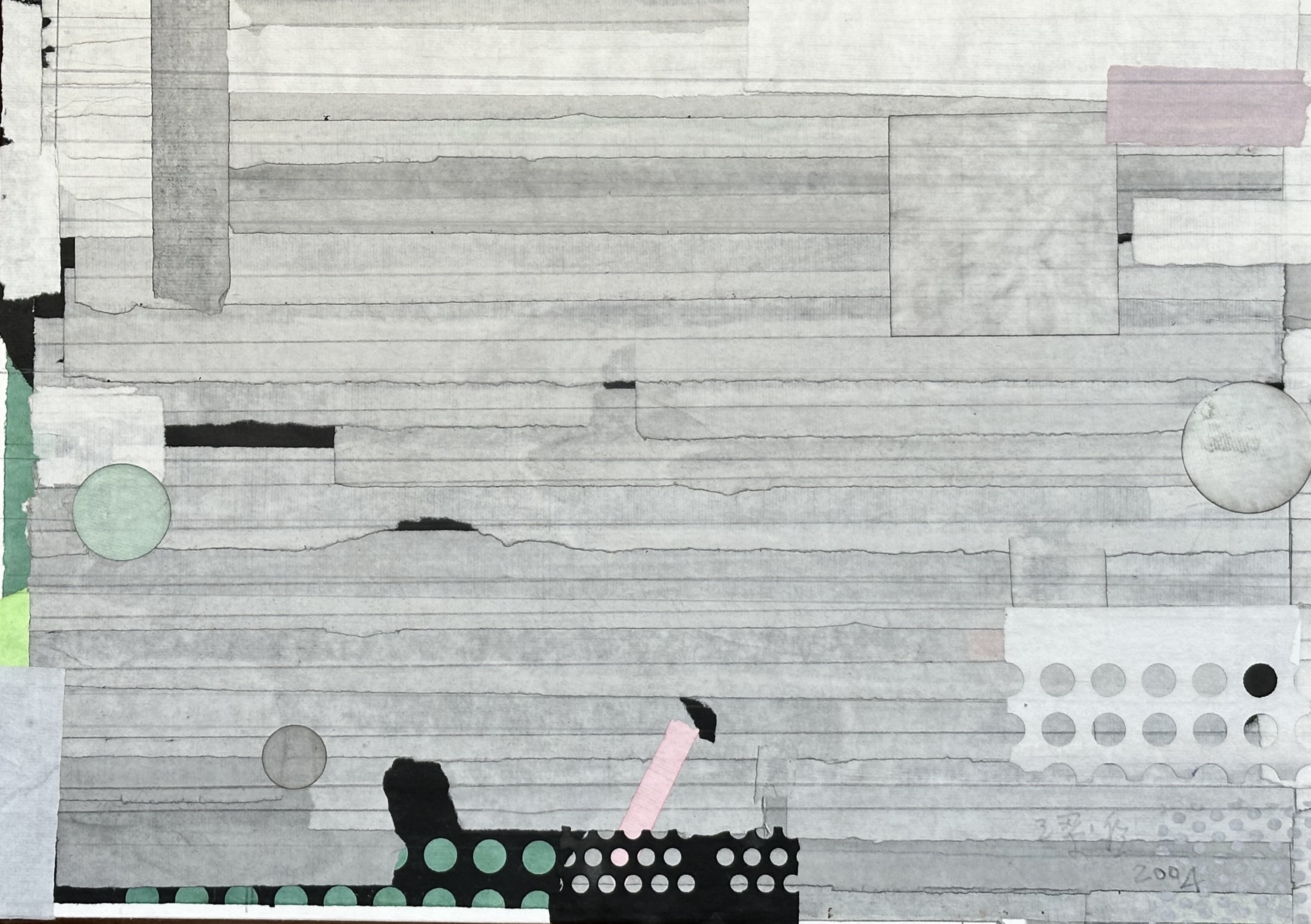
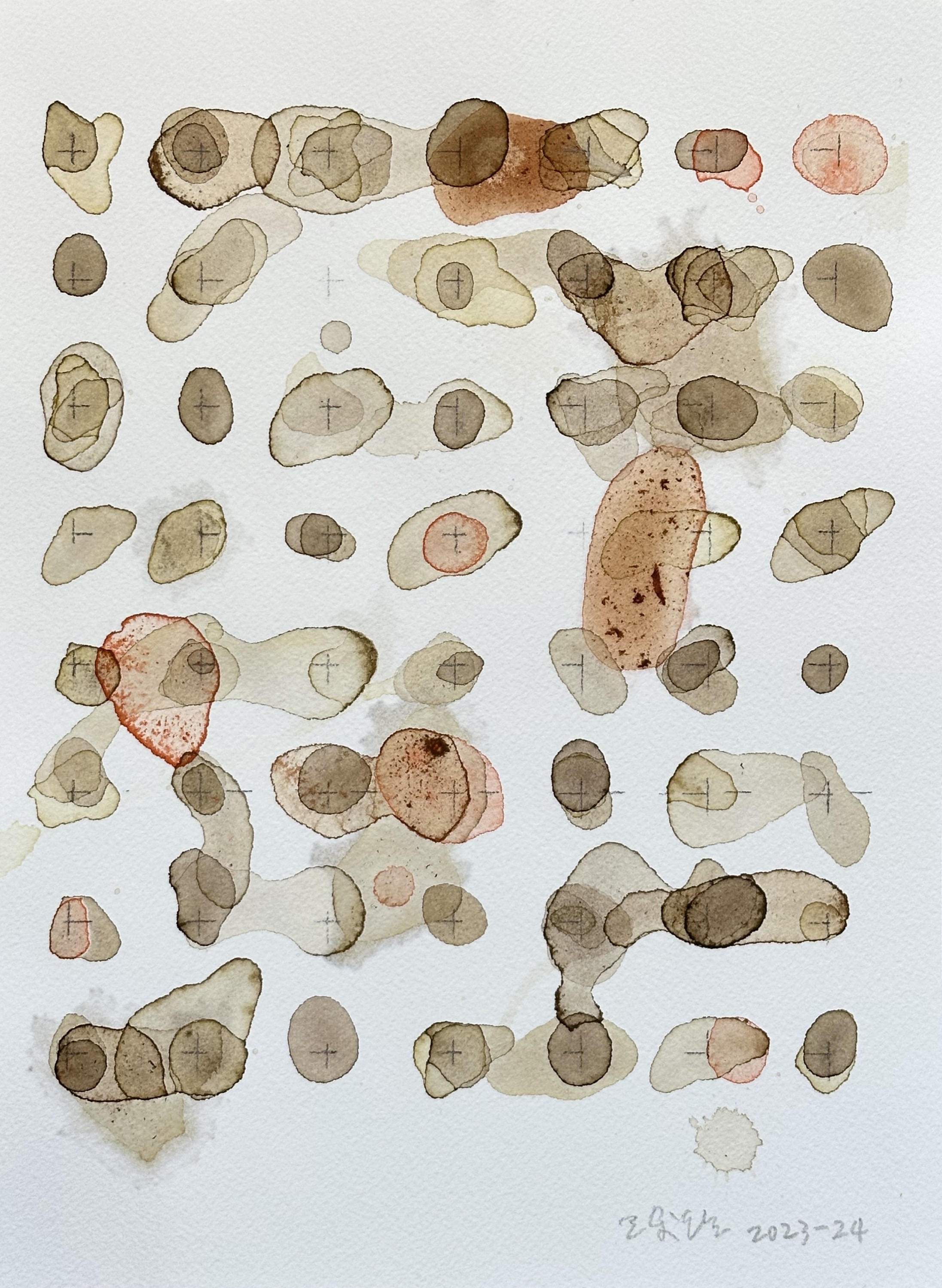

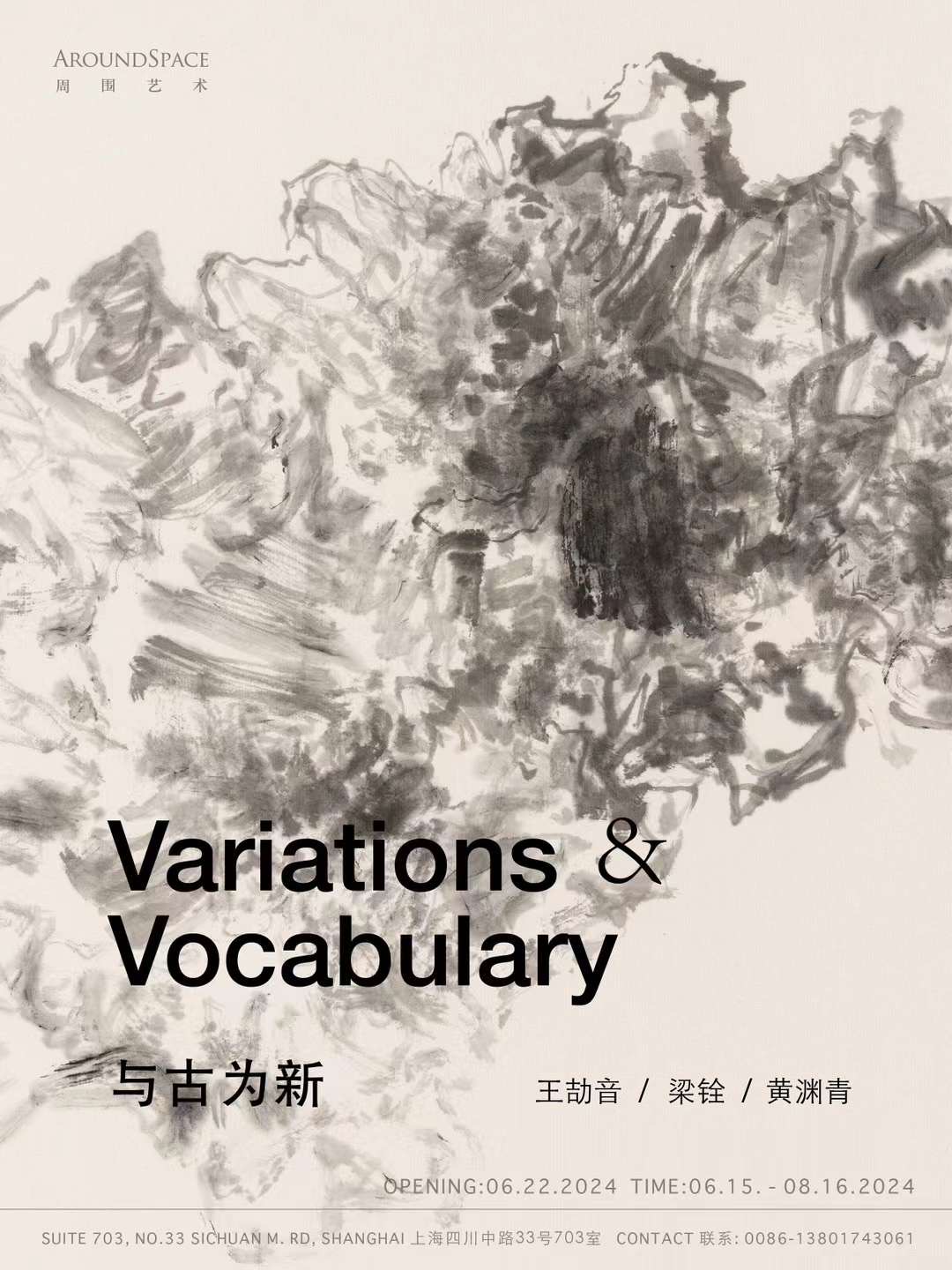

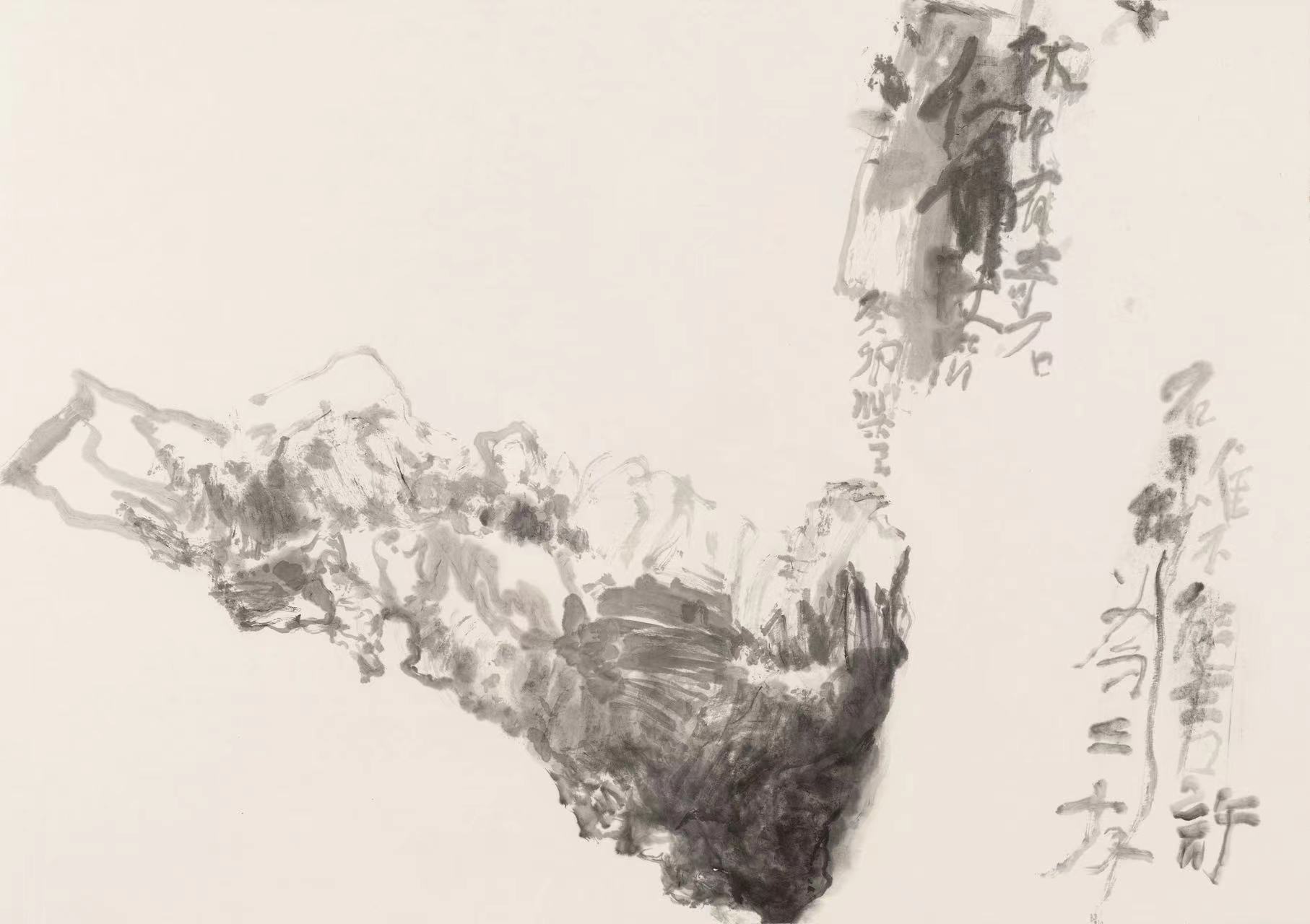


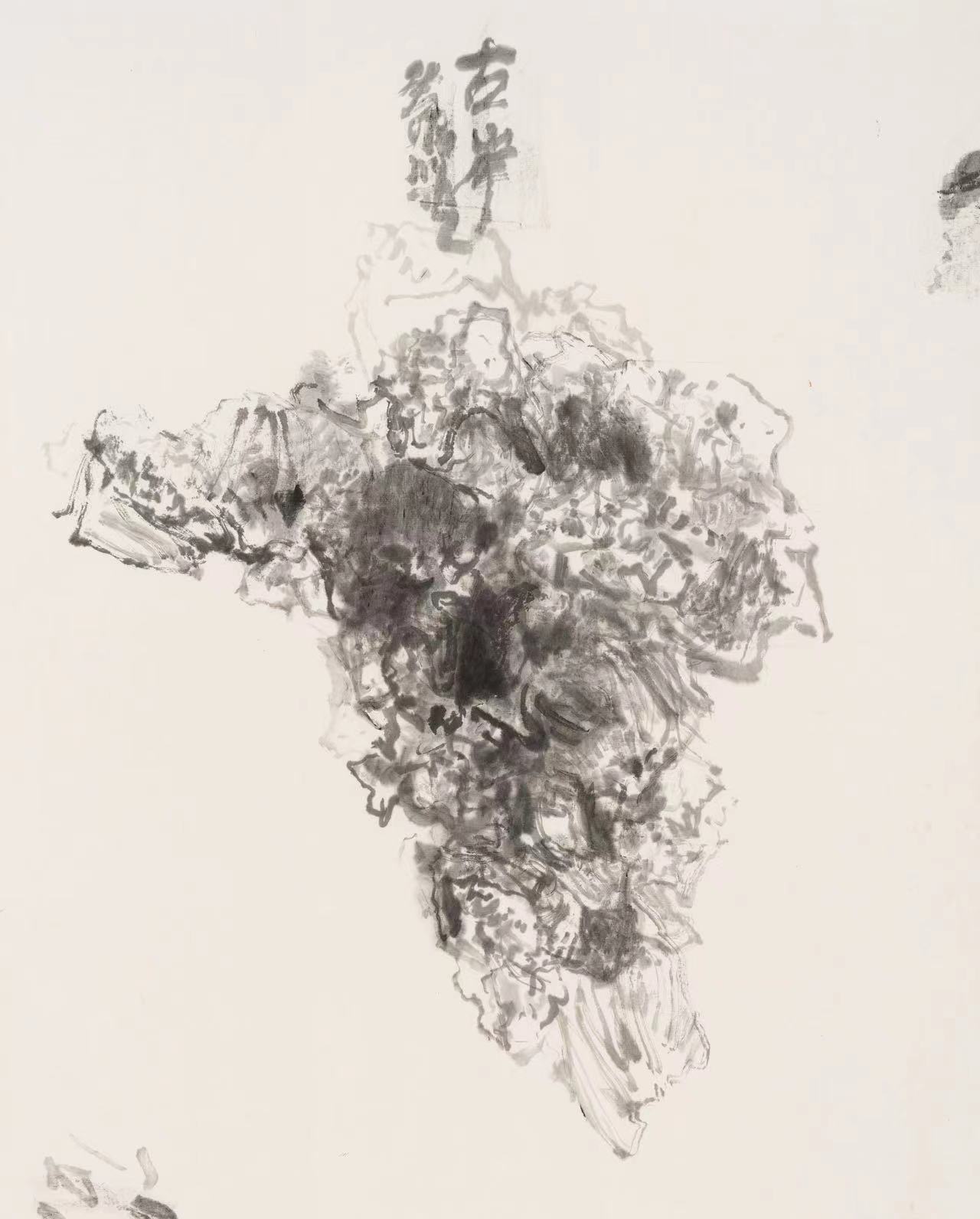
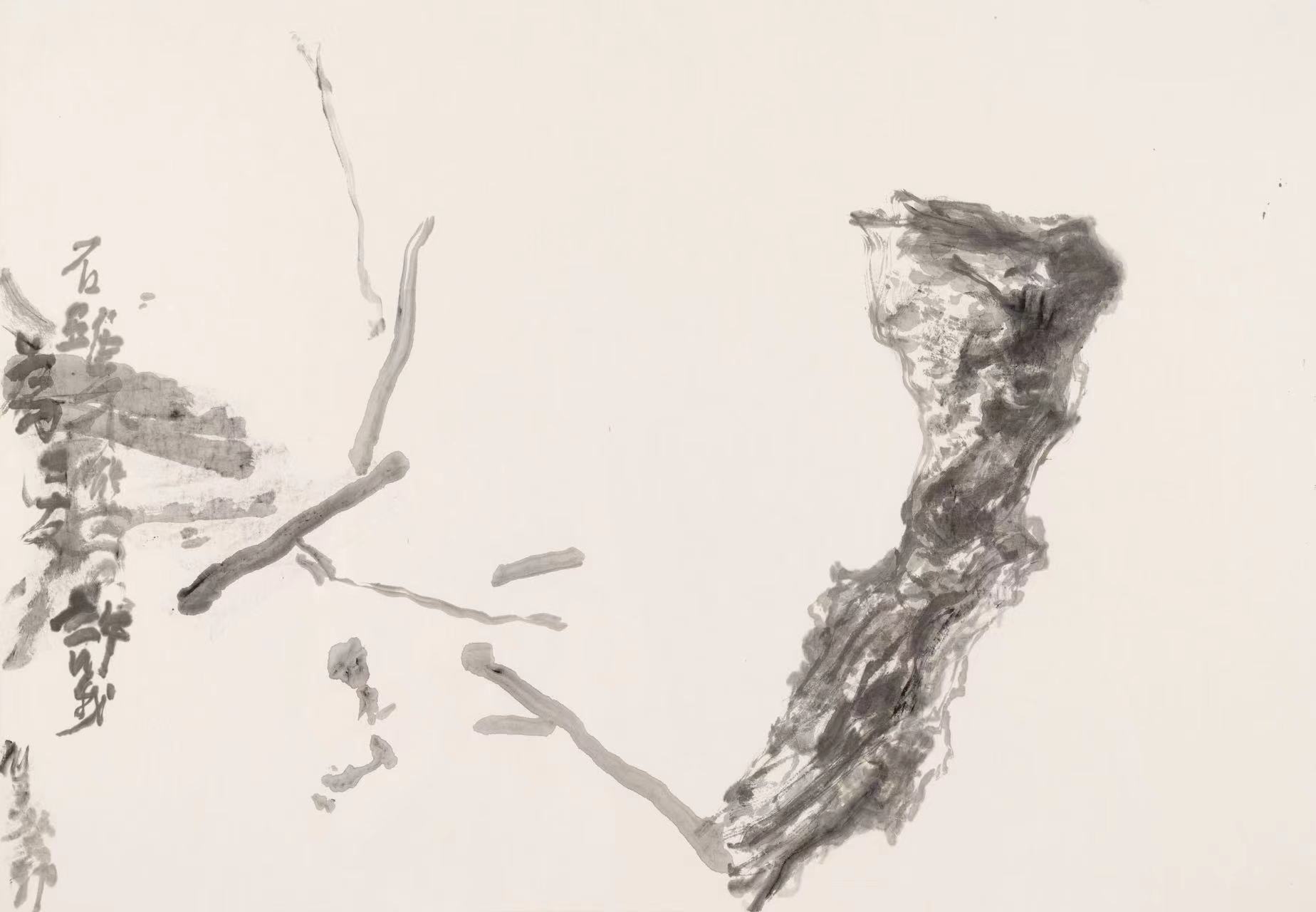
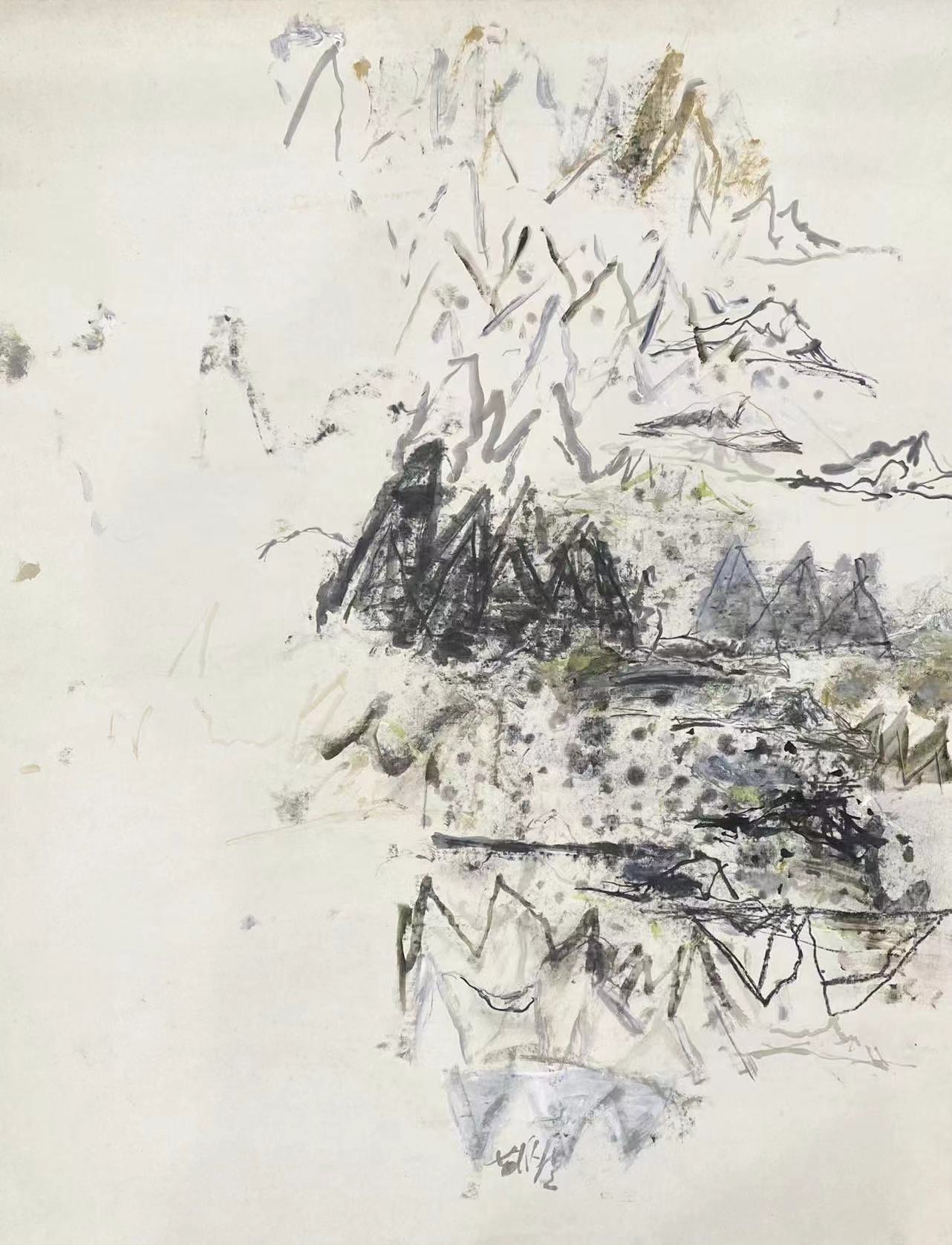

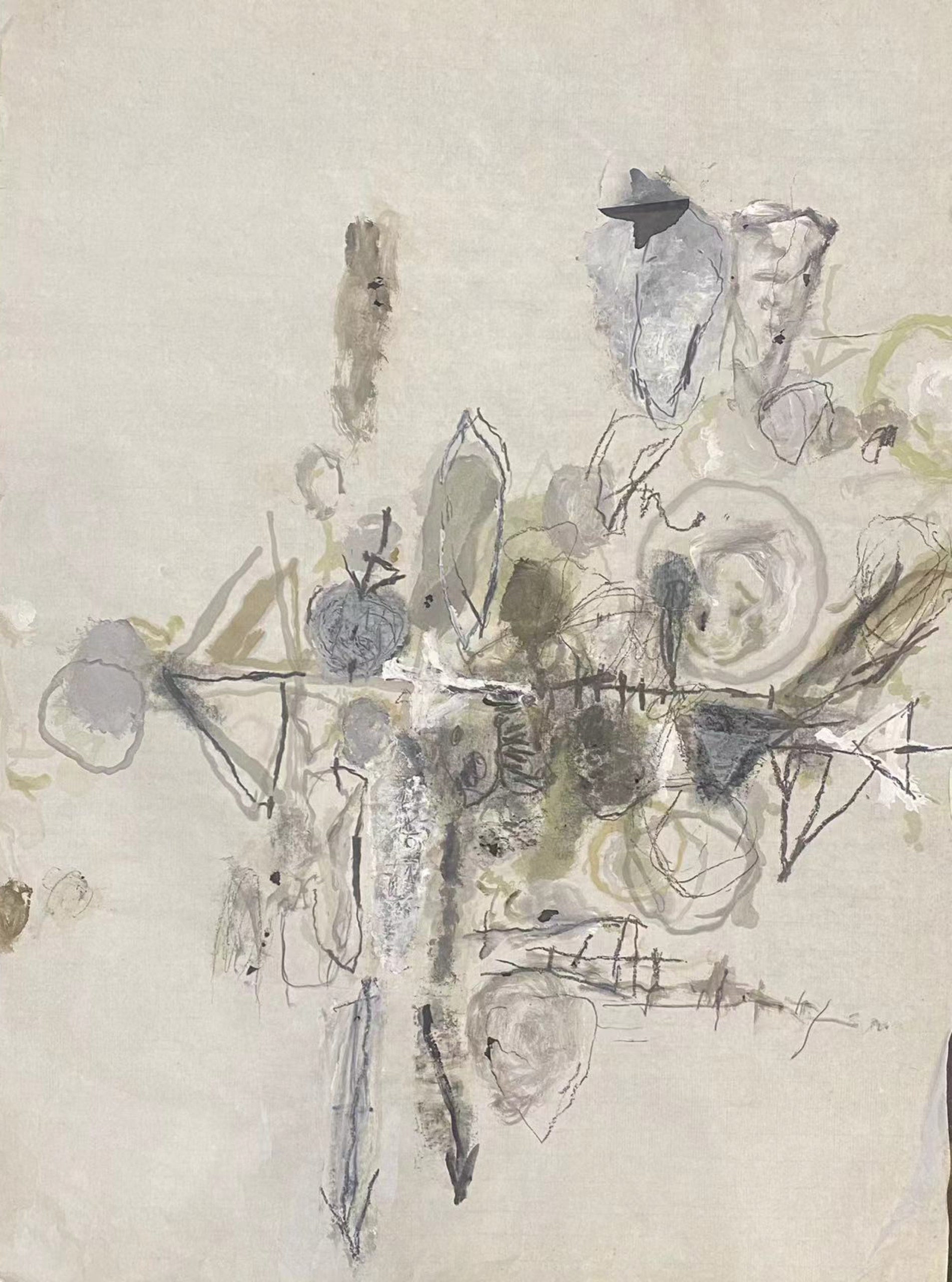
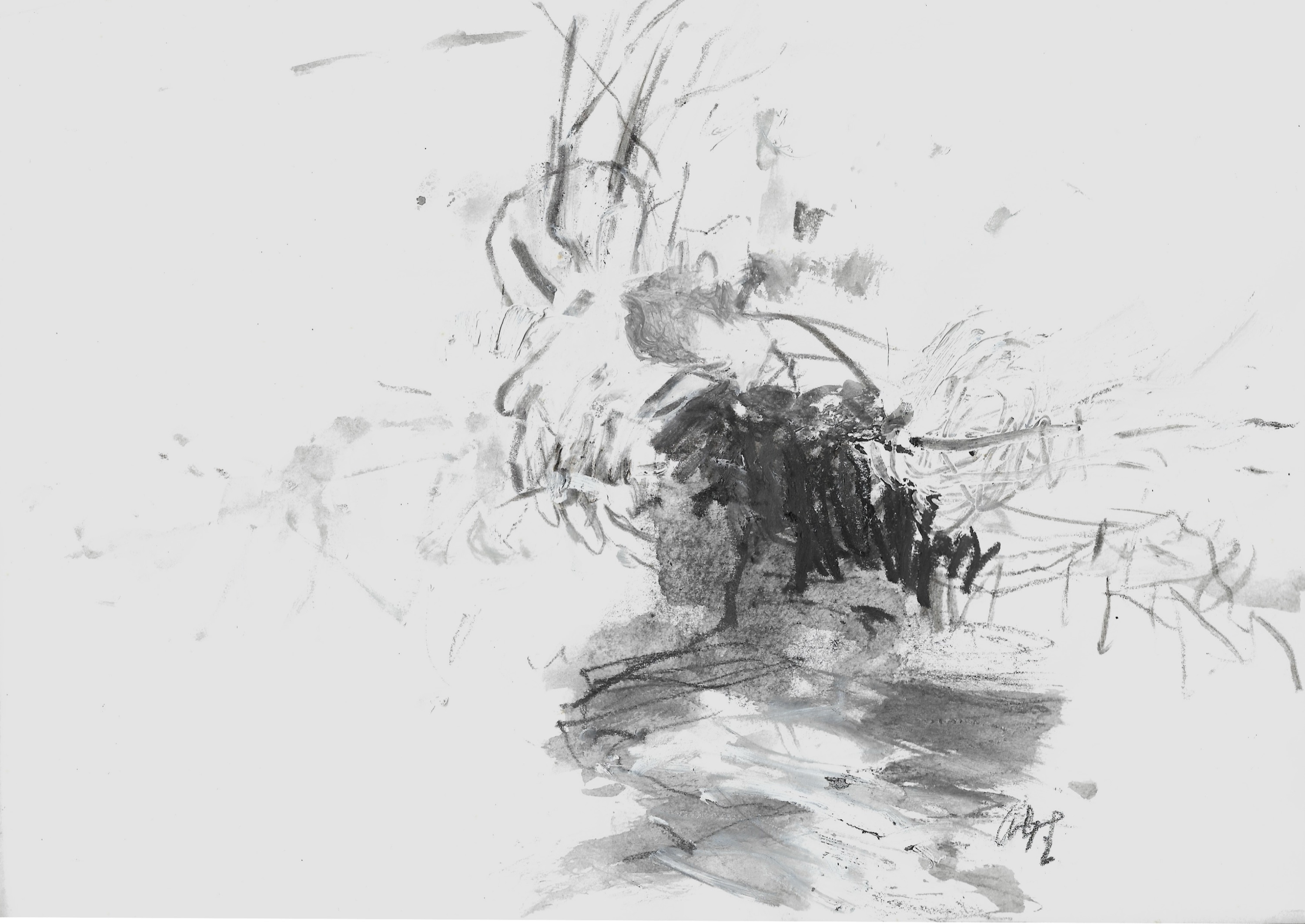
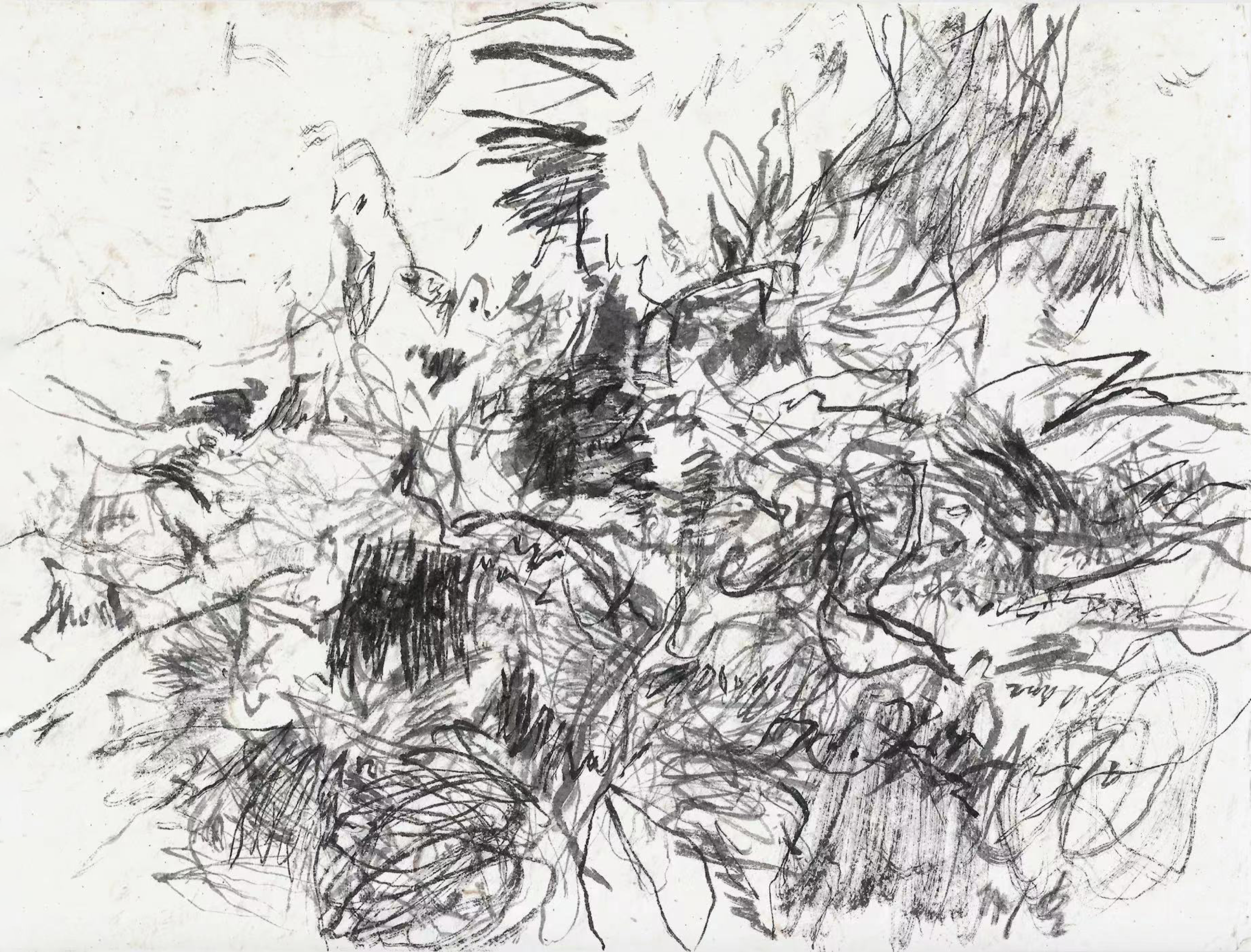
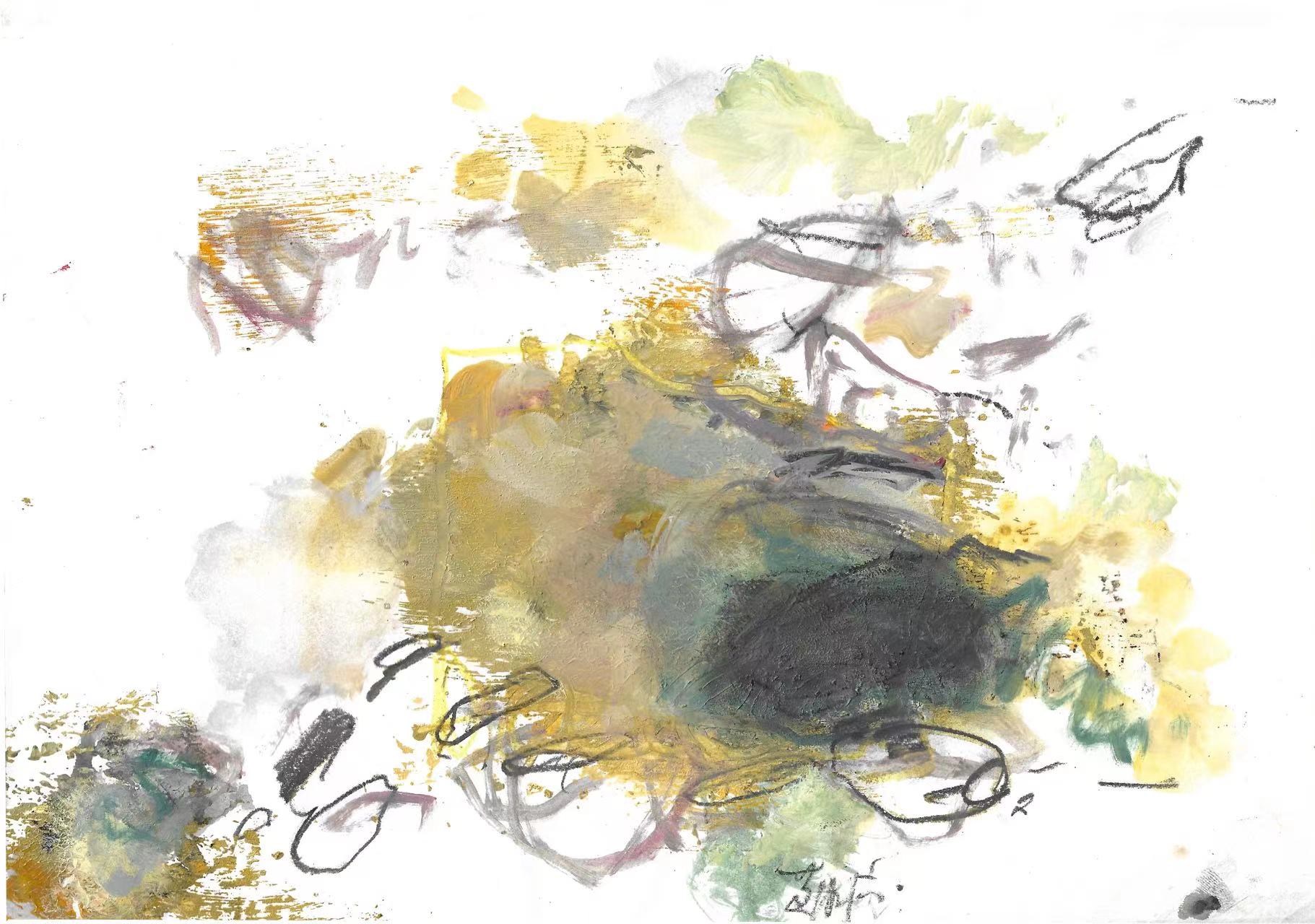
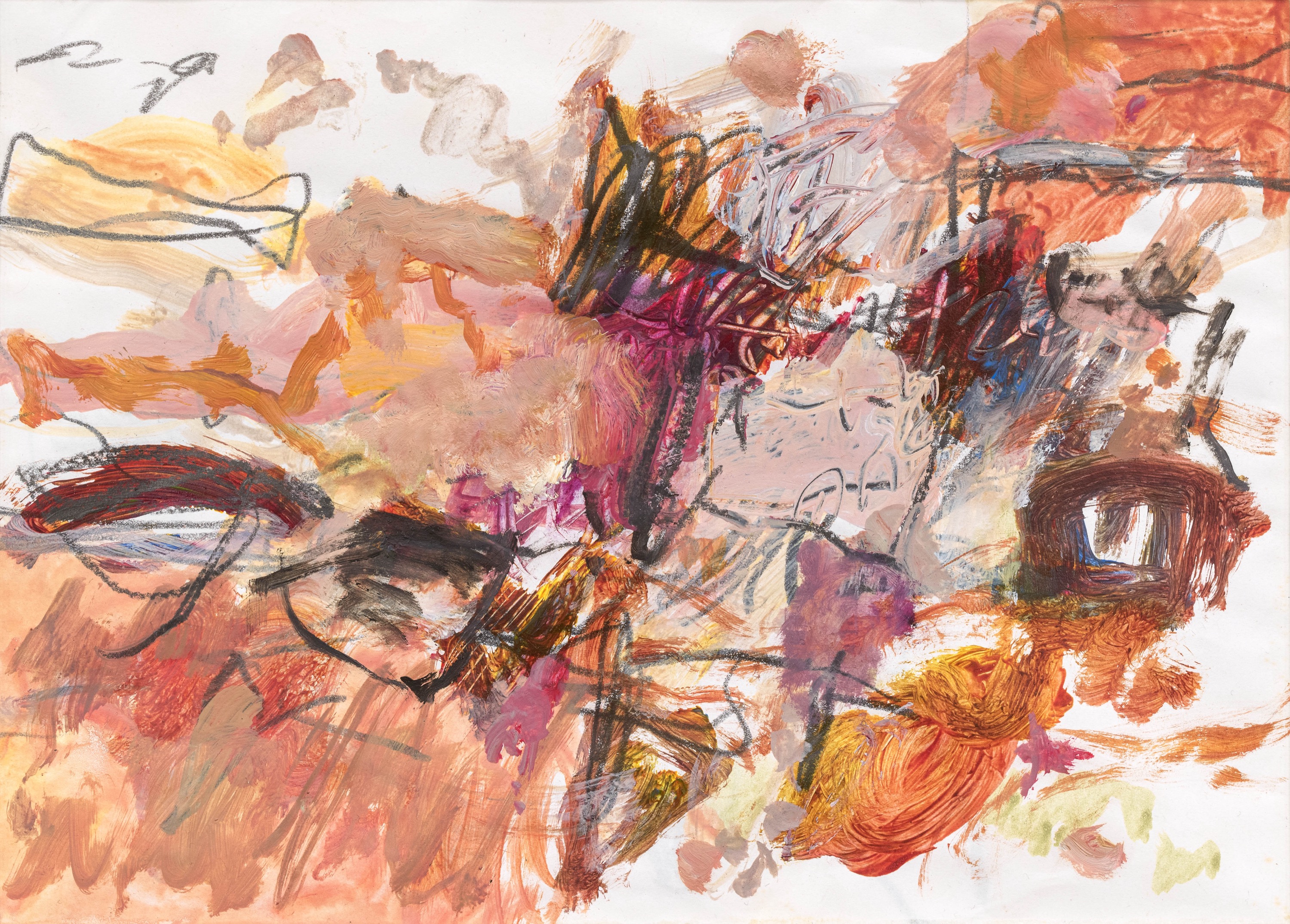
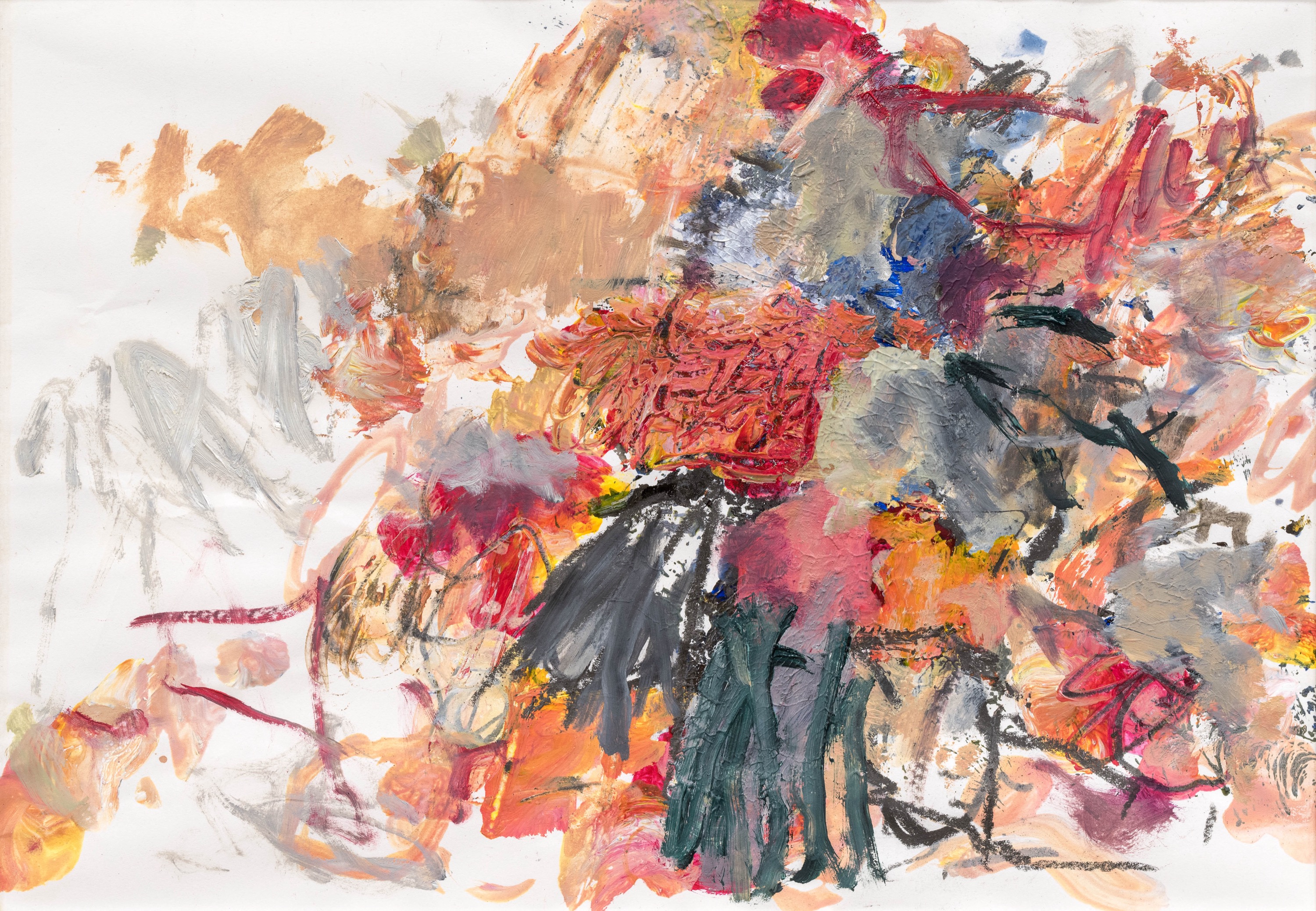
AroundSpace Gallery is honored to present a group exhibition of three established artists, Wang Jieyin, Liang Quan, and Huang Yuanqing, Variations and Vocabulary, showcasing their magnificent recent works.
The three artists use similar mediums and materials to create different works of unique styles. Their unlimited imagination and creativity are not bound by limited materials. They also share the characteristics of Chinese intellectual artists and share the same vision in their path of pursuing traditional Chinese aesthetics values.
Wang Jieyin studied art in Vienna in the 1980s and has employed multiple media in his career, from prints to oil painting to ink on paper, from figurative art to abstract art, from objects to spirits. His art is deeply influenced by the figurative art and abstract expressionism tradition featured in the German-speaking artistic environment, and now takes traditional Chinese literati art aesthetics as its core value. The five ink on paper works exhibited here are abstract art, with traditional materials, their geometric forms—dots, lines, and planes, coupled with dark and delicate variations of colors, giving them unusual enchanting depths.
Liang Quan’s art might be easily labeled as geometric abstraction art because of the geometric shapes and forms in his collage works. However, his inspirations come from the most ordinary daily life, such as his “tea dot” series, in which he used tea stains and rendering skills used in traditional Chinese painting to create simplified but meaningful works; and the warmest memories —a washing board left by his grandma can be associated to the hanging scroll framing style in Chinese art. He tore the rice paper with ink or colors into stripes or squares, creating contemporary collage works with traditional Chinese art mounting techniques. His art reveals a restrained passion and a rational romanticism.
The youngest among the three, Huang Yuanqing’s art derives from the oldest Chinese art form, calligraphy. The titles of his works draw inspiration from classical Chinese literature, poems or myths, such as Sneaking around like A Beast or Even A Stone Can not Speak. These phrases no doubt have special meanings to the viewers. Whilst his graffiti-like writing purged the legibility of characters, eliminated any literal meanings, created a vacuum of meaning, and encouraged the viewers to respond to his images with their own experiences and emotions.
All three artists have developed mature artistic vocabularies and distinguished styles, yet they are never shy of breaking from the past and developing new variations. They do not subject their creativity to traditional materials or techniques, instead, they adopt the legacy of tradition and transform it into a new form of art. They invite the viewers to join a visual dialogue between the East and the West, past and present, and participate in a journey of their endless artistic quest.

